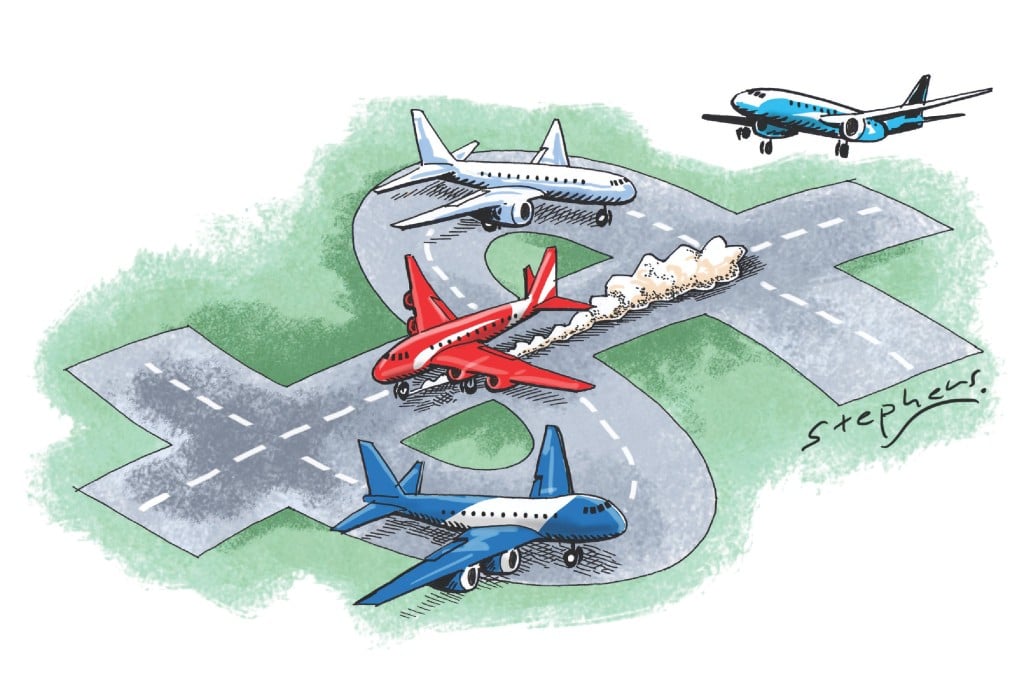Risks carefully weighed in airport expansion plan that's vital for Hong Kong
Anthony Cheung outlines the detailed consideration of the financial, environmental and logistical aspects behind the Airport Authority's plan for a third runway, which is essential for Hong Kong's competitiveness

Over the past decade, passenger numbers and cargo tonnage at Hong Kong International Airport have risen by 8 per cent and 5 per cent respectively on average per year. The number of flight movements has gone up 65 per cent, to 391,000 last year.
Each day, about 1,100 planes fly to and from some 180 destinations worldwide, including mainland cities, making Hong Kong a global aviation hub and contributing immensely to our trade, logistics and tourism industries.
However, the current two-runway system can only allow for a practical maximum capacity of 68 flights per hour. If the present air traffic growth trend continues, the airport will reach saturation in the coming two years.
If it is not to give up its hard-earned hub status, amid fierce competition from other international airports in the region, notably Singapore, Seoul and Shanghai, as well as Guangzhou and Shenzhen in the Pearl River Delta area, which are all expanding, there is no alternative but to build a third runway without delay.
The question is therefore not "whether" or "when", but "how" to take the project forward.
Under the Airport Authority's plan, a three-runway system can handle around 100 million passengers and cargo throughput of some 9 million tonnes by 2030.
